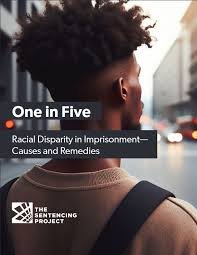By Diana E. H. Russell
The Politics of Rape: The book begins by discussing the political aspects of rape, emphasizing the victim's perspective.
Author's Background: Diana E. H. Russell, the author, shares her experiences and the motivation behind writing this book.
Rape Definition and Statistics: The book provides a definition of rapeand discusses the statistics and reporting of rape incidents.
Victim's Trauma: A detailed account of a rape victim's experience ispresented, highlighting the psychological impact and societal reactions.
This section sets the stage for a deeper exploration of the subject from various angles, including societal attitudes and the legal system's treatment of rape.
Stein and Day, 1975, 311 pages





